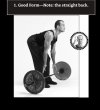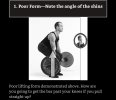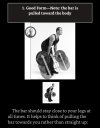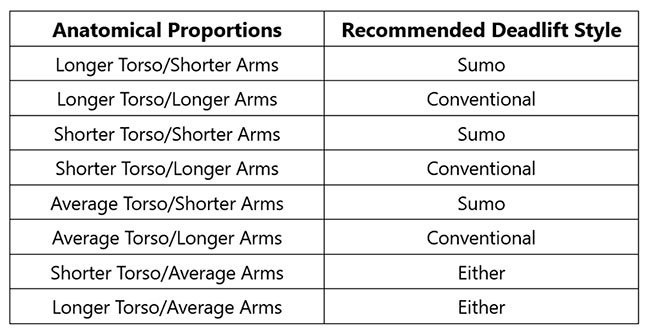oukeith1
Level 6 Valued Member
The discussion around deadlift technique in the Strong at 55 caught my attention.
I’m wondering what folks might think about the differences in technique and/or intent between the two philosophies.
Starting Strength was the first barbell book I read and I took my deadlift and squat queues from that. While I’ve read PTTP multiple times, it occurred to me that I never paid much attention to Pavel’s instructions on how to perform the lift.
It seems to me like he may advocate for a more upright stance and more leg/quad drive than what I’m trying to do. I very much start the lift with a “pulling” intent.
Here is a video from about a year ago. Any thoughts/advice if I was to align more with a PTTP-style DL?
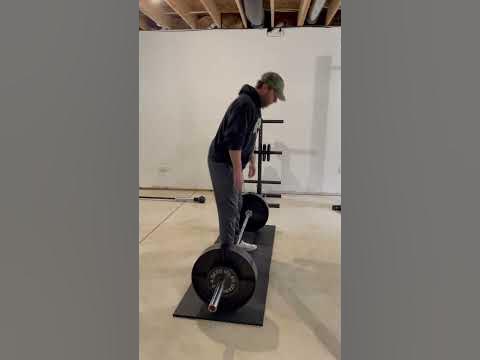
 youtube.com
youtube.com
I’m wondering what folks might think about the differences in technique and/or intent between the two philosophies.
Starting Strength was the first barbell book I read and I took my deadlift and squat queues from that. While I’ve read PTTP multiple times, it occurred to me that I never paid much attention to Pavel’s instructions on how to perform the lift.
It seems to me like he may advocate for a more upright stance and more leg/quad drive than what I’m trying to do. I very much start the lift with a “pulling” intent.
Here is a video from about a year ago. Any thoughts/advice if I was to align more with a PTTP-style DL?


